In today’s climate-conscious gardening and urban design, planters aren’t just for growing plants—they also play a key role in passive cooling and airflow management. Whether you’re designing a rooftop garden, balcony retreat, or courtyard oasis, using functional planters that support ventilation and cooling can make your space more comfortable and energy-efficient. These specially designed planters go beyond aesthetics, improving air circulation, reducing heat buildup, and even supporting healthier root systems.
In this article, we explore seven innovative and functional planter designs that allow for better airflow, reduce heat retention, and elevate the overall comfort of your green space—perfect for hot climates, modern architecture, and sustainable living enthusiasts.
1. Elevated Slatted Planters
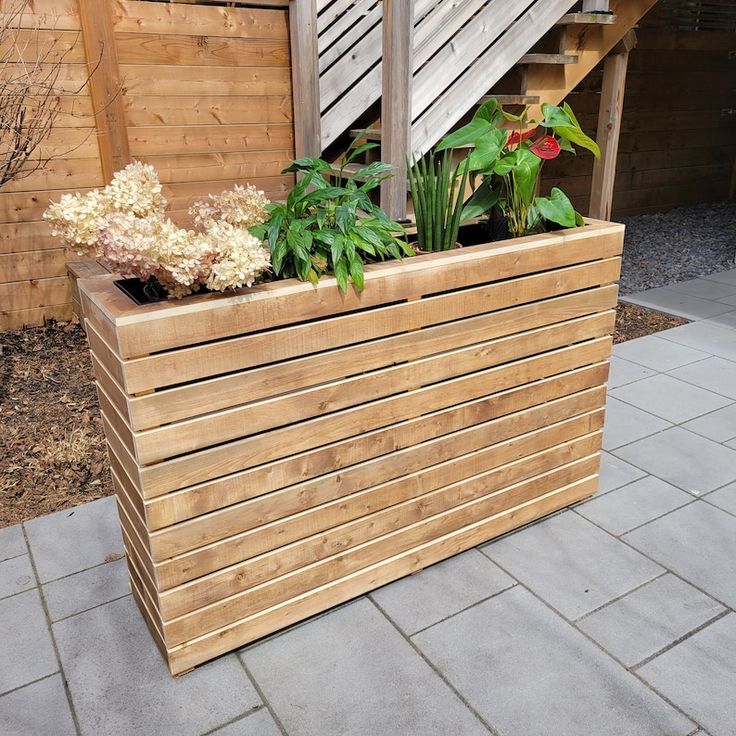
Why they work: Elevated slatted planters are built with horizontal or vertical wooden slats that allow air to flow freely around the base and through the structure. Their raised design also permits airflow underneath the planter, preventing heat buildup and root suffocation.
Benefits:
- Encourages natural ventilation
- Prevents root overheating
- Reduces waterlogging through slatted sides
- Doubles as stylish outdoor furniture
Best for: Rooftop gardens, decks, or patios where concrete or wood decking can trap heat.
2. Mesh-Wrapped Metal Planters
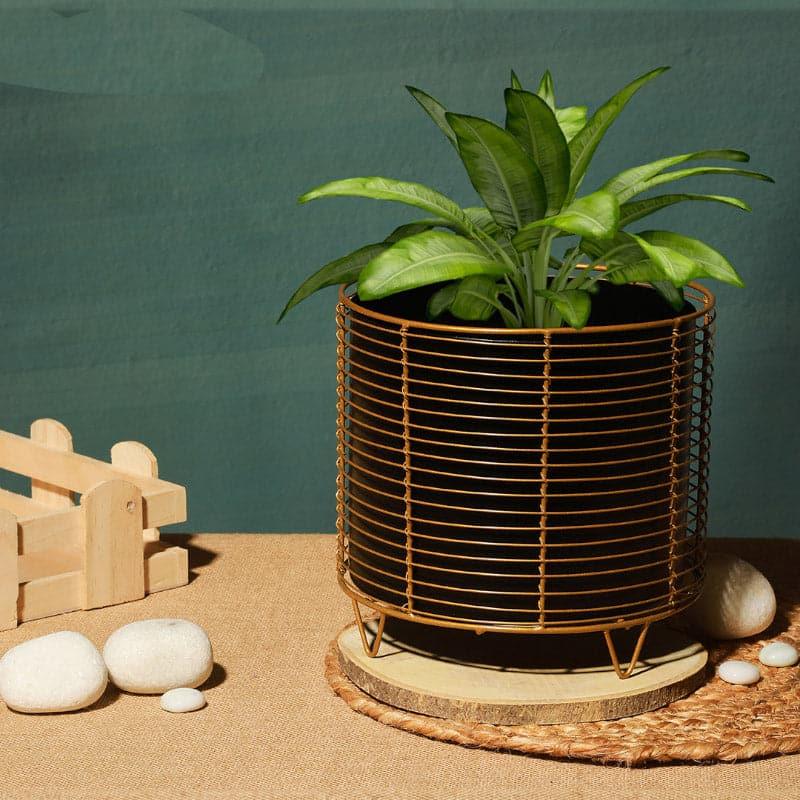
Why they work: These planters feature a breathable mesh material wrapped around a sturdy metal frame. The perforated surface facilitates airflow around the soil and roots while offering a modern, industrial aesthetic.
Benefits:
- Great for heat-sensitive plants
- Lightweight and easy to move
- Airflow prevents mold or mildew buildup
- Durable in all-weather conditions
Best for: Balconies and small urban gardens with high sun exposure.
3. Hollow-Core Concrete Planters
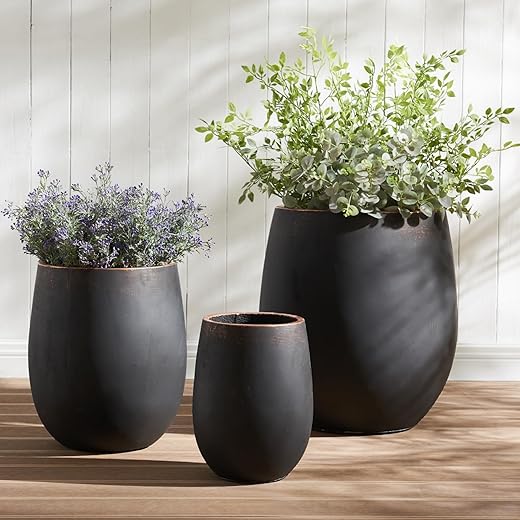
Why they work: Unlike solid concrete blocks, hollow-core planters are engineered with internal air channels. These channels insulate the root zone from heat while providing passive cooling through thermal mass and air exchange.
Benefits:
- Natural cooling through thermal regulation
- Provides structural strength
- Long-lasting with minimal maintenance
- Customizable in shape and size
Best for: Public plazas, minimalist landscape designs, or rooftop terraces with limited shade.
4. Air-Pruning Fabric Planters
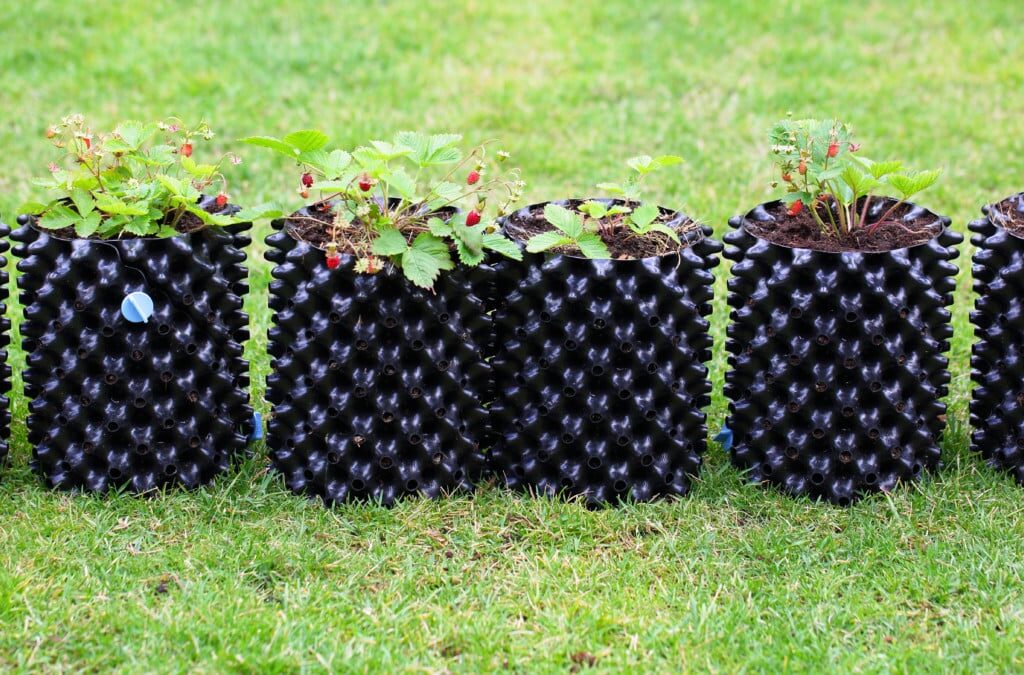
Why they work: Made of breathable geotextile fabric, these soft-sided containers allow excess heat and moisture to escape. Their unique airflow design supports “air pruning” of roots, encouraging a denser, healthier root mass and preventing overheating.
Benefits:
- Promotes cooler root zones
- Prevents root circling and rot
- Lightweight and foldable
- Supports healthy plant growth in warm climates
Best for: Portable gardening, greenhouses, and community garden beds.
5. Planters with Built-In Vent Channels
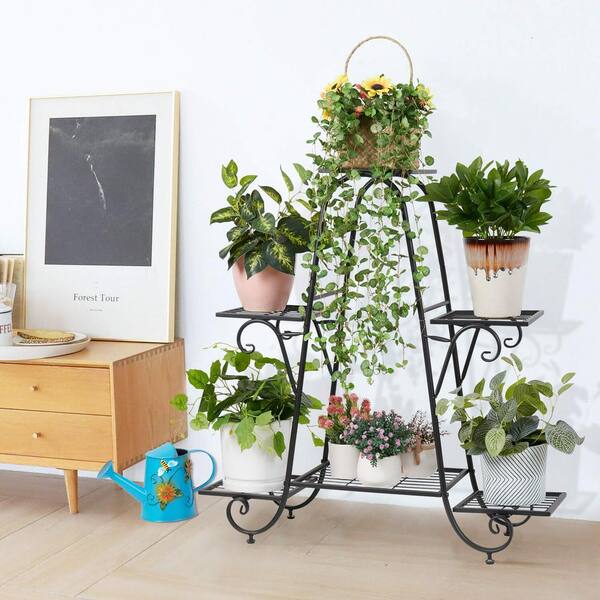
Why they work: These plastic or ceramic planters are designed with built-in vertical vents or air columns that channel air between the outer shell and inner soil compartment. This built-in ventilation system lowers the temperature inside the planter and maintains better airflow.
Benefits:
- Prevents overheating on hot days
- Keeps root zones oxygenated
- Often paired with self-watering systems
- Reduces watering frequency and root stress
Best for: High-rise balconies, sunny patios, and tropical garden settings.
6. Dual-Wall Insulated Planters
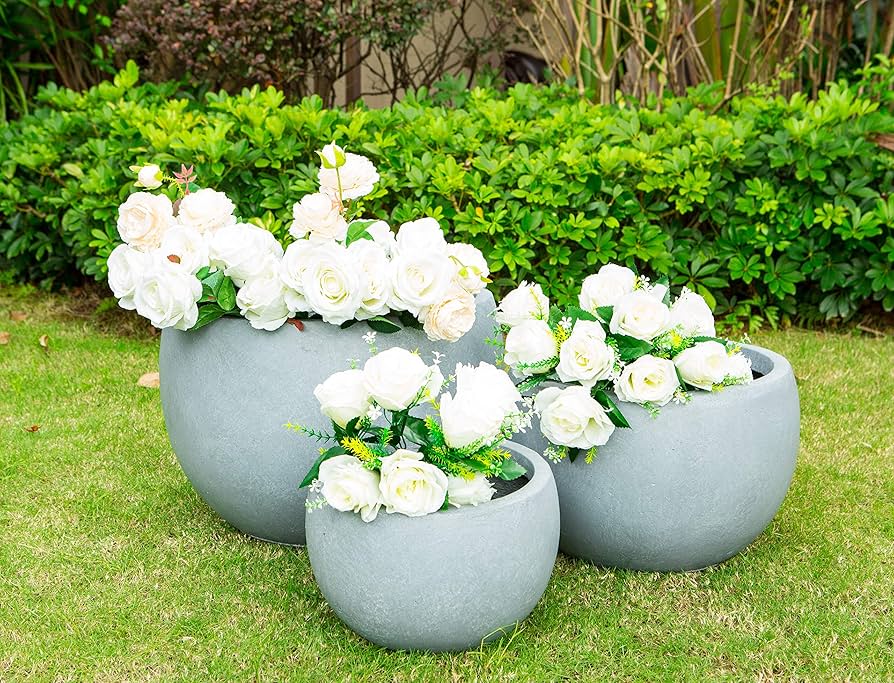
Why they work: Featuring two layers—an inner planting chamber and an outer shell—these planters trap a layer of air that insulates and regulates soil temperature. This passive insulation helps cool roots in summer and protects them in winter.
Benefits:
- Thermal regulation without electricity
- Reduces heat shock in extreme weather
- Often made from recycled or eco-friendly materials
- Sleek, contemporary appearance
Best for: Climate-sensitive herbs and vegetables, or gardens in areas with wide temperature swings.
7. Modular Planters with Air Gaps
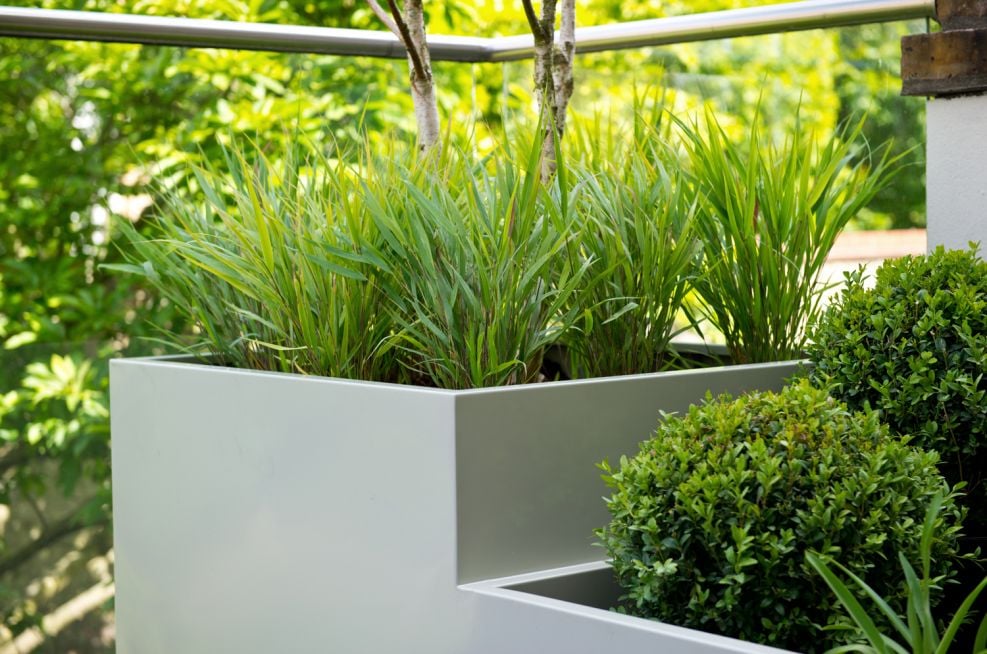
Why they work: Modular planters with open-frame construction create natural air pockets between each unit. These gaps enhance airflow and reduce heat accumulation along walls and floors. Some modular systems also allow stacking with strategic vent spacing.
Benefits:
- Customizable layout
- Supports airflow between planters and ground
- Can be moved or reconfigured
- Ideal for vertical gardening and green walls
Best for: Apartment balconies, commercial facades, and modern garden installations where air flow and thermal management are priorities.
Conclusion
With rising temperatures and a growing emphasis on sustainable living, integrating ventilation and cooling features into your garden design is no longer optional—it’s essential. The seven planter types discussed here do more than just hold soil—they help create healthier plants, cooler microclimates, and more breathable outdoor spaces.
Whether you’re a homeowner, urban gardener, or landscape architect, investing in functional planters that enhance airflow is a smart step toward comfort, beauty, and energy efficiency in your outdoor design. Combine these planters with shade strategies, drought-tolerant plants, and reflective surfaces for even greater cooling results.

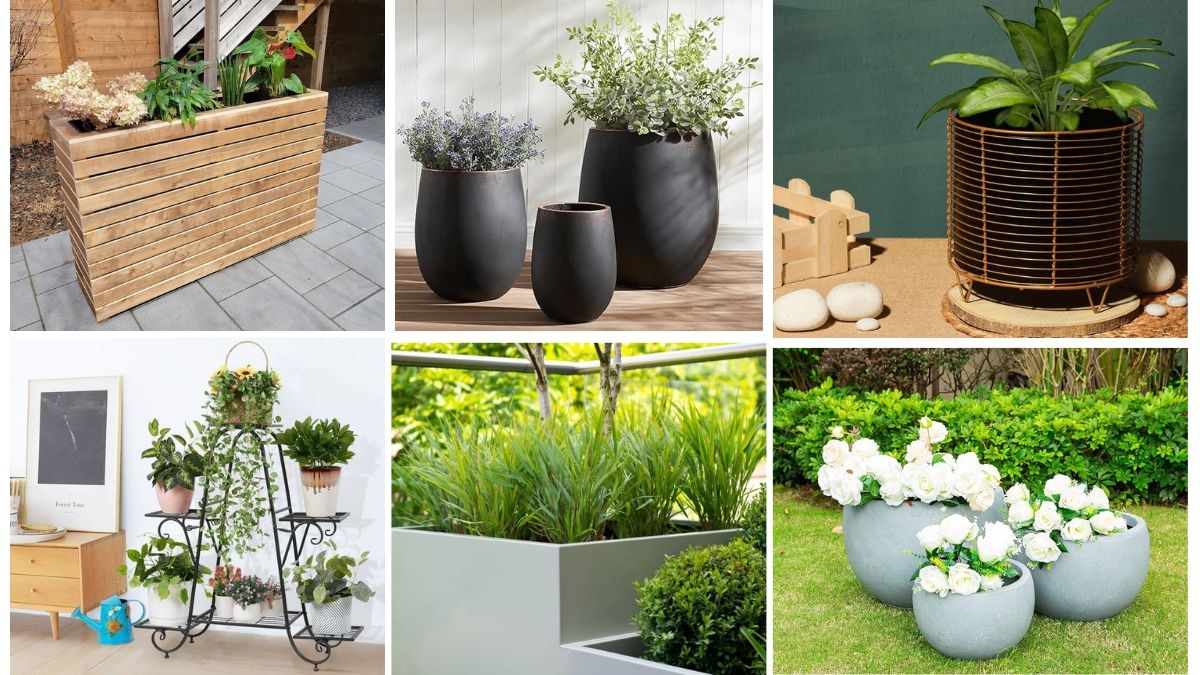

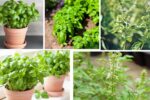


Leave A Comment